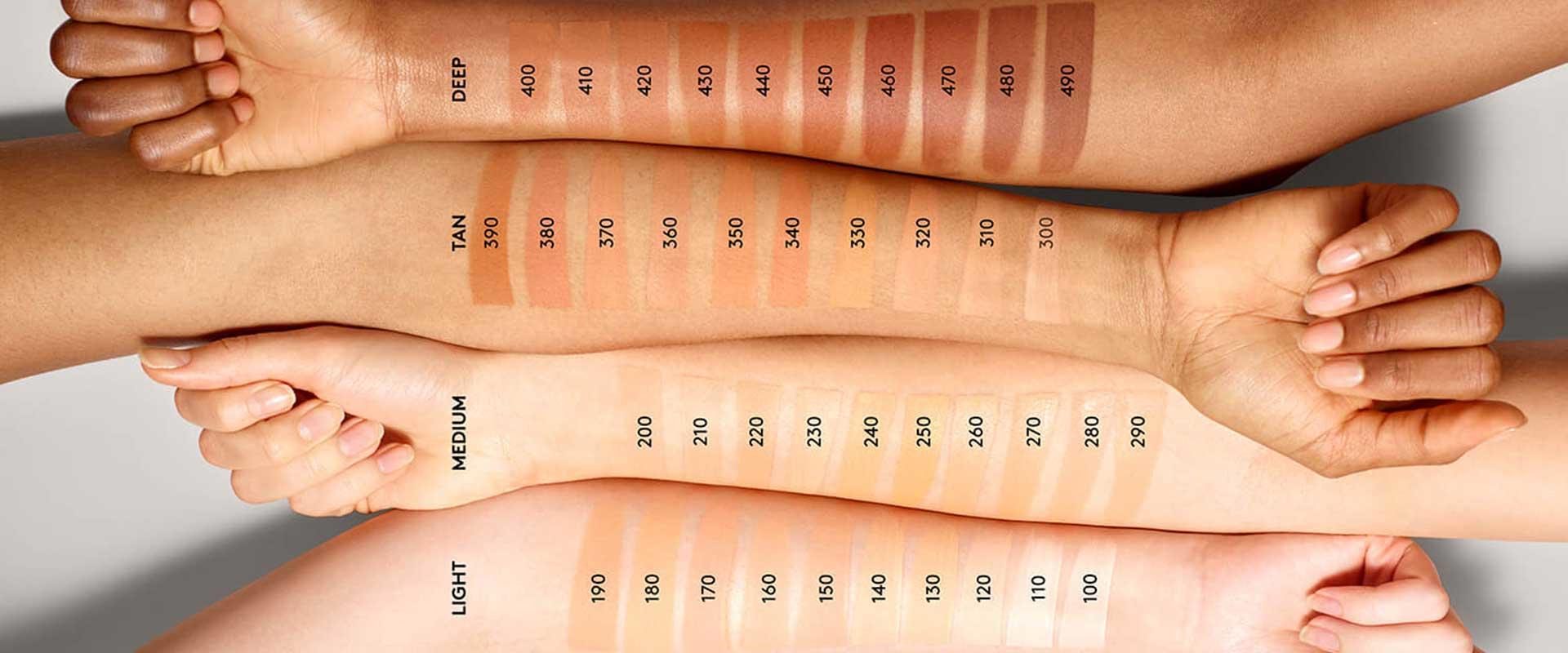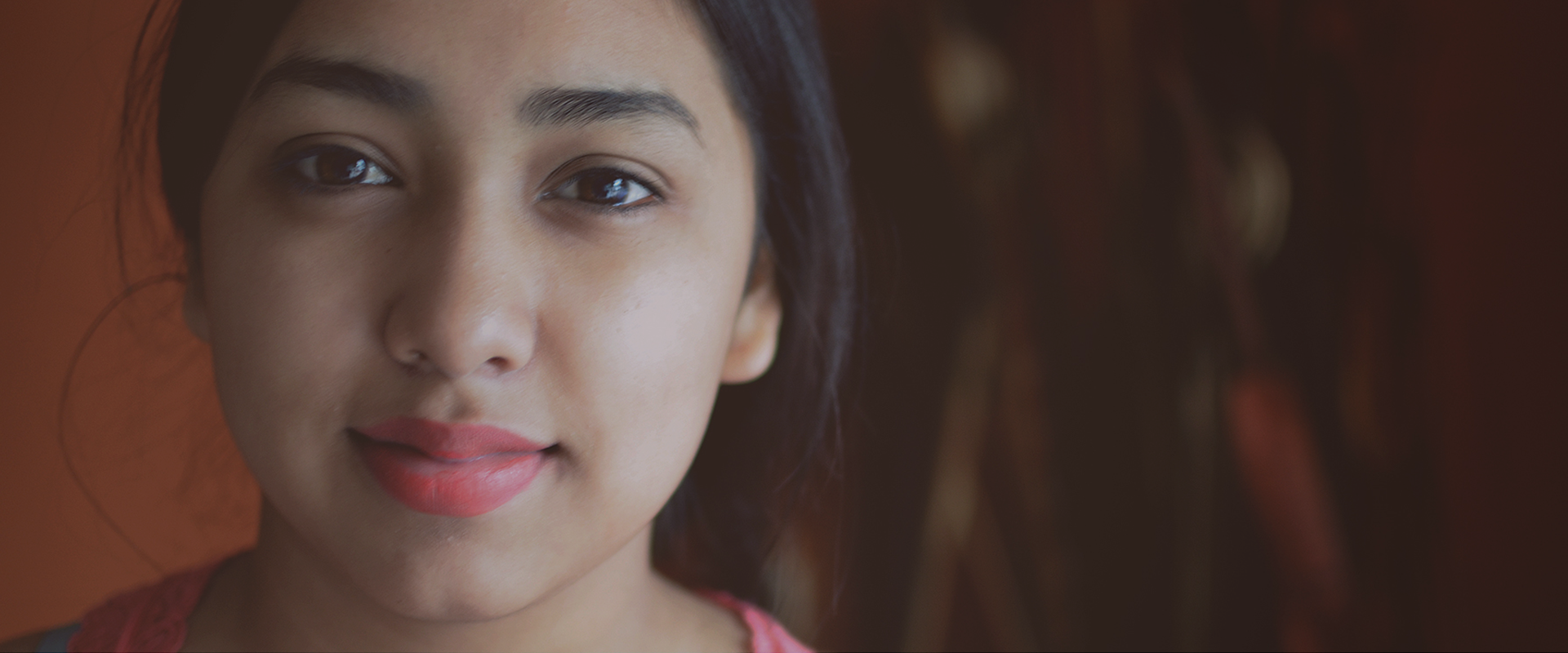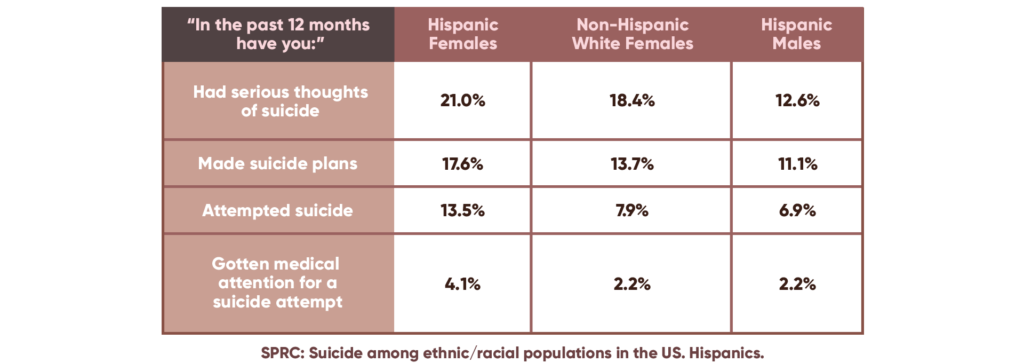In 2017, sales in the beauty and cosmetic industry in the United States were estimated at $18 billion, continuing a healthy growth trend (6% increase over the previous year according to The NPD Group). Although this growth has been partially fueled by more interest in grooming products by men (CNN), women are still the primary source of business for the industry; according to Euromonitor, in 2015 women spend on grooming products was 9X larger than men’s (Entrepreneur).
The beauty industry has taken great strides in evolving the concept of female beauty to make it more diverse and inclusive: from global brands changing the narrative on the concept of beauty (Dove), to the emergence of new companies owned and endorsed by women of color. In fact, Time magazine included Rihanna’s cosmetic line Fenty Beauty as one of the best 25 inventions of 2017 in part for delivering on its promise of “making all women feel included” in the shades and colors offers (Time). Rihanna’s Fenty Beauty is only the highlight of a series of launches (ELLE) targeting women of color.
This seems natural, as women of color are a prime audience for the beauty and personal care categories: according to Nielsen, both Hispanic and African American women over-index vs. total households in the purchase and consumption of cosmetic products.

BEING A WOMAN AND THE PRESSURE OF APPEARANCE
In spite of this important and necessary evolution (CNN) there is still an enormous social pressure on women to look beautiful. According to a recent Pew Research publication (PewSocialTrends), “physical attractiveness” is the #1 trait people believe society puts more value on for women (35%). In contrast, that same survey reflects that for men physical attractiveness is the #6 trait with just 11% (Honesty/Morality is #1 with 33%).
Much is yet to be done, but there’s one group that requires special attention.

LATINAS SELF-ESTEEM AND LACK OF ROLE MODELS
Latina girls face the same social challenges as any young woman in this country. But their ethnicity adds additional pressures that are particular to them:
-In the current political climate, it’s stressful to be a Latino in the United States. Almost 60% of Hispanics report sleeping less due to stress, which is 15% higher than AA, White and Asians (Bloomberg).
-Cultural dissonance: at home, young Latinas are expected to adhere to traditional Hispanic values such as “family comes first”, which can be in direct conflict with values these girls are exposed to in their social lives (being more independent).
Young Latinas also lack a fair representation of positive role models to look-up to in pop culture. According to a study from the University of Southern California quoted by The Guardianin January 2018, only 3% of speaking characters in 2016′s top 100 films were Latinos, even though Latinos comprise 18% of the US population. The number of African American and Asian speaking characters approximated their share of the population, respectively 13% and 5%.
And when they are represented, they tend to fall into a stereotype that perpetuates their insecurities (NBC News).

(taken from Hiplatina)
This is affecting how they look at themselves. Young Latinas, predominantly those in lower income households, seem to be particularly vulnerable to be shamed by their self-image (Hiplatina):
-They are more likely to be overweight (1.4X) or obese (1.5X) than white girls (gov).
-They are more likely to suffer from bulimia nervosa (binge and purge) than non-Hispanic peers (NEDA).
All these sources of pressure might be taking a toll on their overall well-being: High school age Latinas experience the highest rate of suicide attempts in the United States. According to the Suicide Prevention Resource Center, 1 in 5 young Latinas have had serious suicidal thoughts, and 1 in 8 have actually attempted suicide (SPRC).

TIME TO TAKE ACTION

Being in the business of beauty means being in the business of self-confidence. As women continue to take control of a healthier definition of beauty, they will continue to gravitate towards brands that inspire and empower rather than towards brands that prescribe a preconceived ideal.
The challenges of young Latina girls require a more intentional inclusion by the beauty industry: recognizing their unique challenges, supporting positive role models, creating unique products, enabling honest conversations, inspiring self-confidence.
A brand that fills this gap will not only be tapping into a great source of business, but will help improve the lives of these powerful young women.
